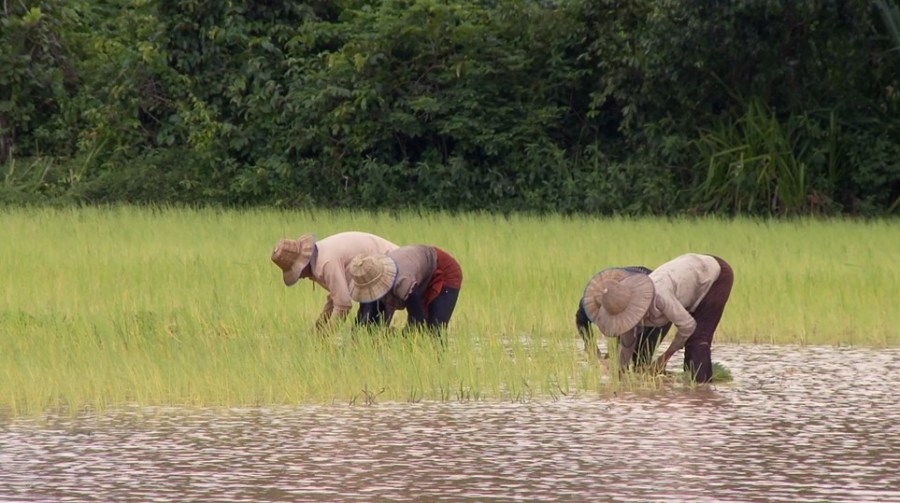HONOLULU (KHON2) — It starts as Himalayan snowmelt, cascading through China as the Yang Tse, flowing east through Burma as the Irrawaddy, and south to Thailand, Laos, Vietnam and Cambodia as the Mekong.
Scientists are learning what’s happening in this part of the world, which might be a precursor of what could happen in ours. Living on this delta means accepting and adapting to the temperament of the great river.
Six months of the year, monsoons burst the banks turning dustbowls into swamps. A lacework of waterways covers the lowlands and alerts farmers it is time to seed and sow.
Flooding is nature’s boon to Asia’s most important crop: rice, one of the few agro-edibles that thrive in muddy sediment.
The rains have come again, this time 6,000 miles away, over another mountain range. Koolau runoff feeds the lowlands that nurture taro. Both crops rely on seasonal flooding, and now, both are threatened.
“The combination of effects of drought, hydropower dams and sand mining has created a situation of freshwater scarcity,” explained Ming Li Yong, Ph.D of East-West Center.
Made more dire by rising sea levels. The enemy of mountain water crops is salinity.
“Traditionally, taro patches complete the mountain-to-sea relationship between water systems. The majority of commercial crops, under the rise of the salt, will perish,” said Daniel Anthony, Oahu taro farmer.
The East-West Center joined research institutes in Cambodia and Vietnam in a deep-dive analysis of delta water security and the management of natural resources throughout the Pacific.
“There has to be meaningful public participation in the decision-making on how these water resources should be managed. A lot of times these decisions are made from the top down and those most vulnerable do not have a say,” Yong added.
“The biggest environmental threat are politicians and developers, of which water allocated by the supreme court for the betterment of our community continues to slip away in favor of residential development and luxury development,” said Anthony.
The goal of the four-year study of vulnerable deltas is to devise a multi-national strategy to prevent these environmental threats from disrupting the free flow of river systems that have for generations determined when to plant, harvest, lie fallow and give thanks for earth’s bounty.
“Farming taro is like a prayer. And when you harvest it’s the miracle.”
